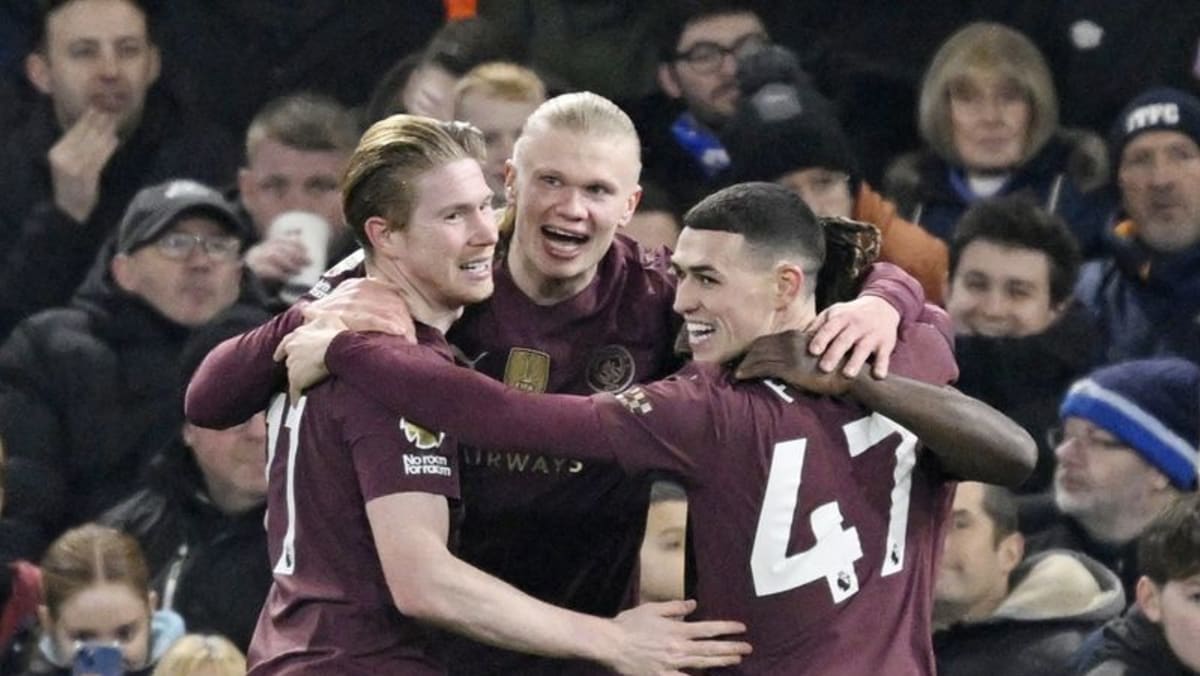Tony McSherry looks at DRM and the electronic publishing of textbooks.
- HTML format is the easiest to link to from the existing e-learning, but it provides no inherent security, and it can be made accessible only to registered and enrolled users of the client’s LMS. It can also be read on any device with an internet browser.
- Adobe PDF format can prevent easy text copying, and the files can be password locked, but the files can be cracked and you can’t really prevent saving the file. It also relies on having Adobe reader software installed on your reading device.
- ePub is an open-source format that provides the most utility for the reader. Virtually all devices can read this format, with the notable exception of the Kindle, where ePub books need to be converted to .mobi format. However, there are a number of free converters available. The latest Kindle is also finally able to read PDF and HTML documents, but earlier Kindles won’t. ePub is a reflowable text format similar to a cut down HTML.
There are lots of other formats, but the three I’ve mentioned are the most common.Back to DRM: It’s important to remember that even physical books are susceptible to copying these days by exactly the same method that the current textbooks are being converted to electronic format. It’s really only a question of time and motivation, and the only redress is to scan the net for illegal copies (torrent tracker sites would be a good place to start) and try to enforce copyright. This has been attempted a number of times by most of the major players with only minor success, and is quite expensive and litigious.HTML cannot be encrypted, but you can restrict access to the textbooks to only enrolled users of the LMS. It’s possible to use some HTML tricks such as transparent GIFs to prevent easy copying and pasting and remove menus, but as the HTML text is downloaded to the browser, there are a number of methods to capture the material. However, there will be a clear audit trail of access to manual pages, so a user viewing the complete manual in one viewing could be regarded as suspicious. The other advantage of HTML is to be able to embed audio/video, animations, and simulations.Adobe offers a few solutions to try to prevent text copying and printing with password protection, which can all be bypassed using other PDF readers or by DRM-removal software. The Adobe content server is an expensive solution (approximately $6,500), relies on the user having the Adobe reader or software available, and only uses PDF and ePub format. It’s also arguable that it provides more effective copy protection.A number of publishers including Adobe use the ePub format, but all have their own DRM attached, so you may find ePub ebooks readable on one device, but not another.DRM is about trying to protect intellectual property, but by restricting access to particular devices, and sometimes to a limited number of them, or using online verification, it actually restricts the end user from easy use of the textbook.
Note: This article have been indexed to our site. We do not claim legitimacy, ownership or copyright of any of the content above. To see the article at original source Click Here













